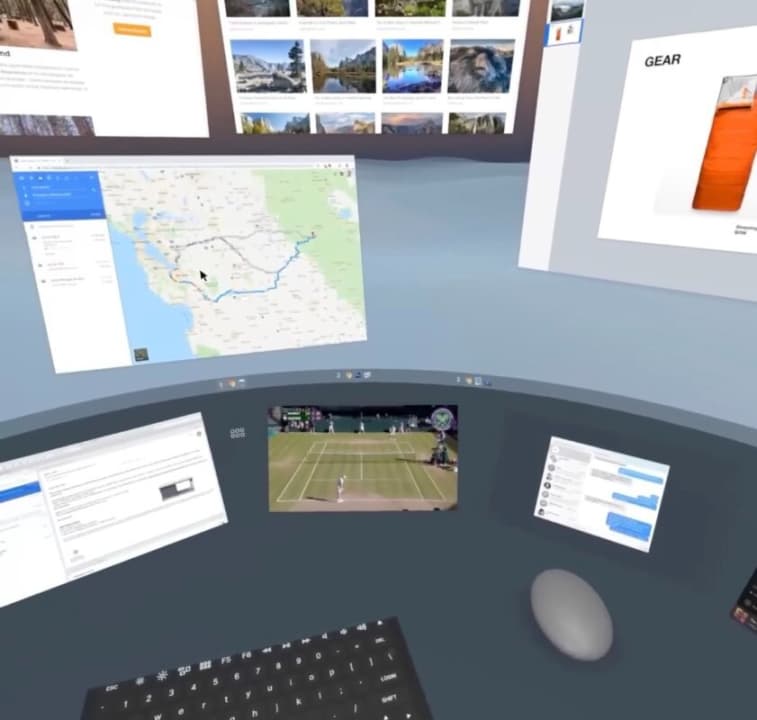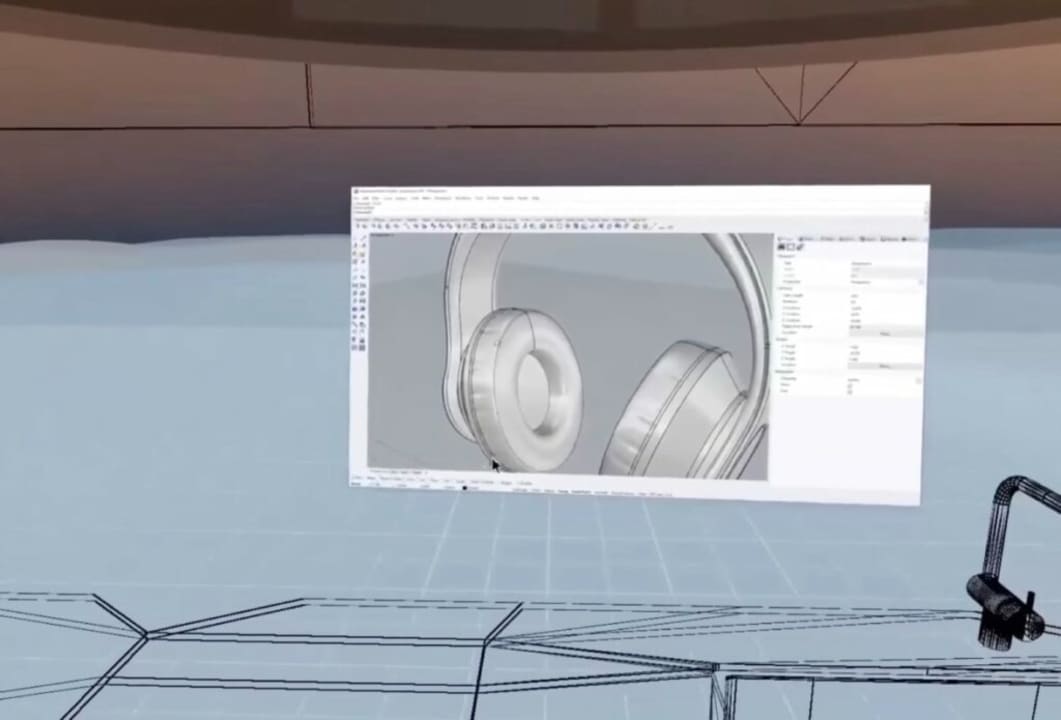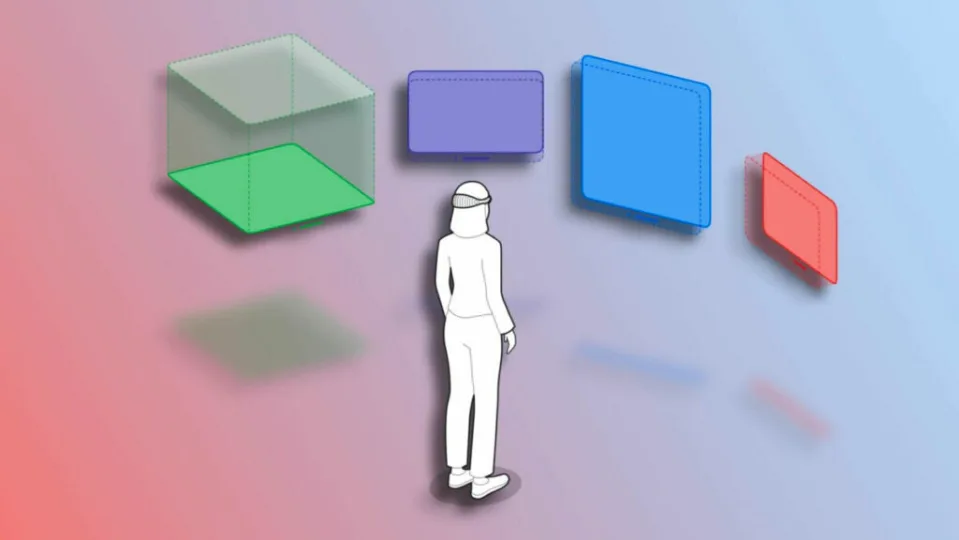The previous WWDC of 2023 marked a milestone in the history of technology with the unveiling of Apple’s Vision Pro, a revolution in the concept of desktop computing and how we interact with technology. Through years of research and development, the Cupertino company introduced spatial computing, a concept that is set to redefine the future of computing. But the flagship product is not just the mixed reality glasses; it’s also visionOS, the operating system that will evolve alongside the device.
A future that began more than three years ago
The philosophy driving this innovative product is none other than the integration of the desktop into reality itself, ushering in the long-awaited era of spatial computing. This concept has been brewing in Apple’s ideas for quite some time. In fact, even before the launch of macOS 11 several years ago, rumors circulated about the new Mac operating system bringing a paradigm shift to the concept of the desktop.
In this regard, visionOS is the tangible manifestation of a future for spatial computing that Apple has been exploring since the launch of the iPhone in 2007. This shift in the desktop work paradigm has been a constant pursuit for Apple, and it is not solely with the Vision Pro and visionOS that we are witnessing it for the first time.

Recently discovered, three years before the launch of the Vision Pro, an Apple engineer unveiled in a video how Apple was already experimenting with these ideas. The video was published by Matthaeus Krenn, who worked for Apple between 2013 and 2018, and it showcases a prototype of the virtual reality operating system that shares many features with what we now know as visionOS. In the video, Krenn appears to be experimenting with a prototype of mixed reality glasses that closely resemble the Vision Pro in terms of features.
The prototype operating system, known at that time as VR-OS, showcases a range of features such as a multi-user login screen—comparable to guest mode—workflow organization and tools, app navigation, and interaction with 3D spaces and models. These features, now integrated into visionOS, suggest that Apple has been considering virtual and mixed reality as the future of computing for quite some time.

The concept of the desktop workspace, in fact, has barely changed since the arrival of the Macintosh in 1984, but Apple has been searching for a way to break this mold for over 15 years. The idea of a 3D desktop was already rumored when Mac OS X Leopard was released, but attempts to implement it on a screen proved to be impractical for daily use. With the launch of the iPhone in 2007, Apple began rethinking how users interact with their Macs, and it has been suggested that even Steve Jobs was considering significant changes since the late 1990s.
Apple has managed to keep the operating system a secret, although perhaps not so much the hardware, until its announcement. In fact, Krenn’s video went completely unnoticed at the time. Now, however, it has become a curious time capsule that offers us a glimpse into the future that Apple was secretly building three years ago. The future of computing, without the competition of Google, is here, and it is not just a future of mixed and virtual reality, but a future where the concept of the desktop integrates into reality itself. One in which the Vision Pro and visionOS are the culmination of this journey of evolution and transformation that Apple has been exploring for years, and right now, it’s just the beginning.
Some of the links added in the article are part of affiliate campaigns and may represent benefits for Softonic.


